On the night of February13-14, 2011, I had my first extended lunar observation since October, spending quite a bit of time exploring the lunar surface over five hours. Most of my observations were focused near the terminator, which had swept east of Crater John Herschel and Sinus Iridum (Bay of Rainbows) to the north, and Crater Gassendi at mid southern latitude. Over the hours, I watched the terminator work ever farther east, lighting up mountain peaks long before their bases, and creep over Mare Humorum.
About 10:30 PM, February 13.
About 3:00 AM, February 14.
Crater Gassendi is one of my favorite lunar features. Most prominent is the crater Gassendi A right smack in the middle of the north rim. When watching over several hours when the terminator is near, the triple peaks at the center of the crater are fun to watch either emerge or disappear out of sunlight. The south wall has been eroded away by Mare Humorum, as are most other crater rims along it’s border.
An early observation of Crater Gassendi.
More peaks are emerging into daylight along the rim of Mare Humorum.
My final image of the Gassendi/Mare Humorum region.
To the north, Sinus Iridum, at the northeast of Mare Imbrium, was too awash in sunlight for good observation, although to it’s north was the crater John Herschel. Crater J. Herschel, sitting along the northeastern “shores” of the elongated Mare Frigoris, was just barely in full sunlight.
Sinus Iridum and Crater John Herschel region.
Conditions were quite windy, but not as cold as it was the previous week, so I didn’t want to waste the clear sky despite less than ideal seeing conditions. It had been far too long since I’d seen this region of the Moon in any kind of detail, and it was good to get reacquainted with my old friend of the night. Spring won’t fully arrive in Northwest Indiana until April, but I think the worst of our winter weather is over. We should be getting some better nights to observe, and more of them, in the next couple of weeks, so it shouldn’t be long before I spend a night with Luna (and the rest of the night sky) again.
Some random lunar images of the night.
The southeast lunar highlands.
South of Mare Humorum.
Crater Tycho.

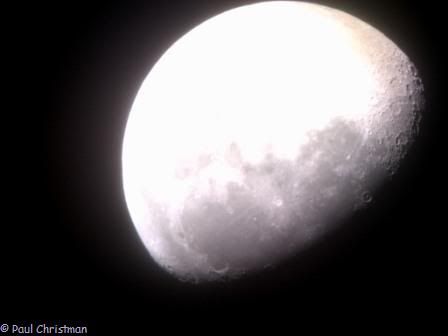
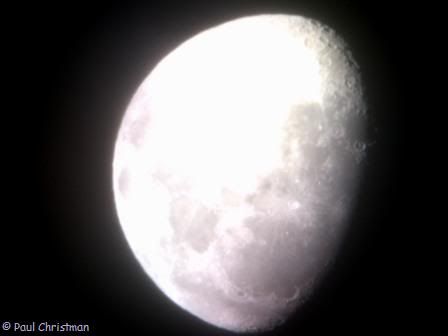

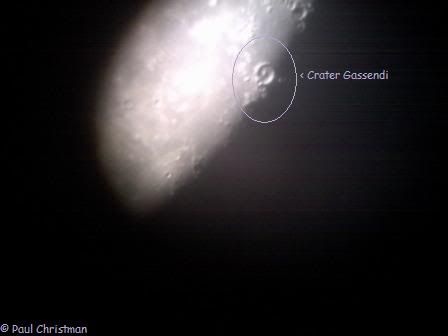
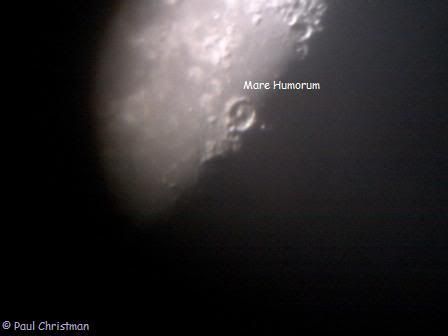
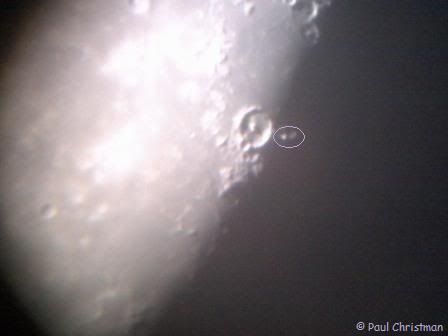
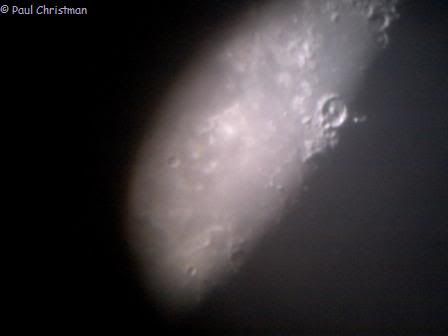
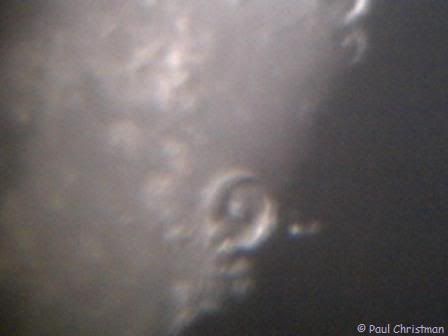
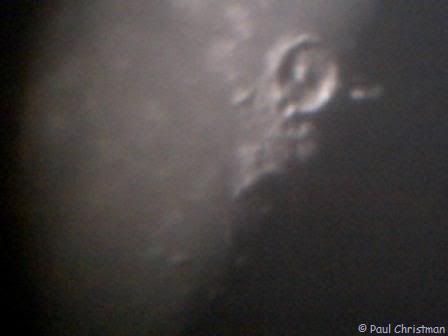
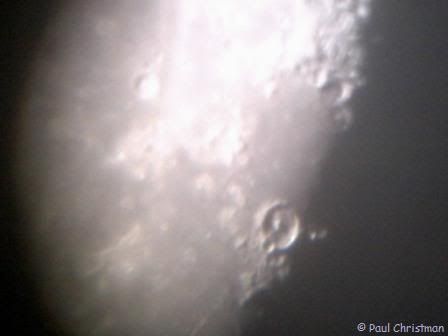
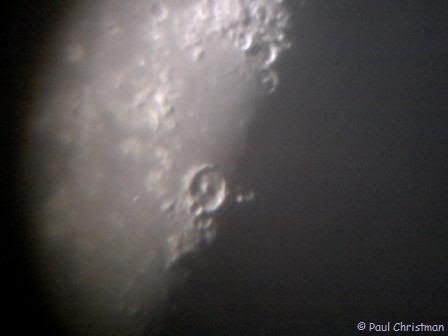
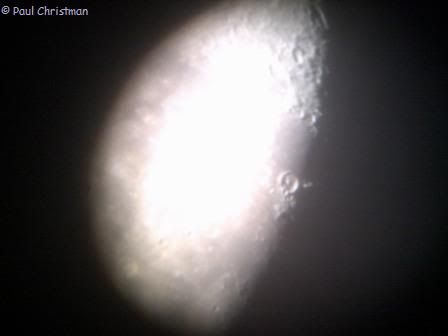
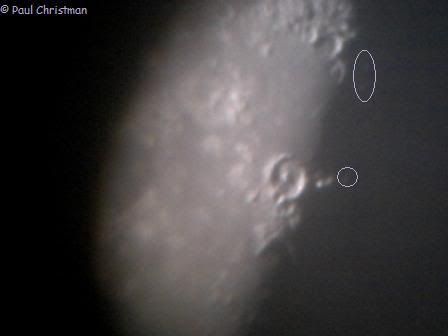


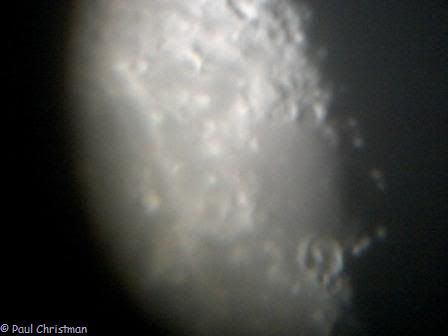
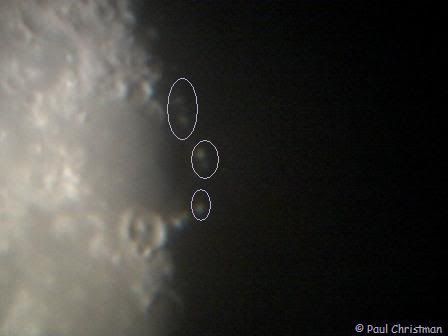
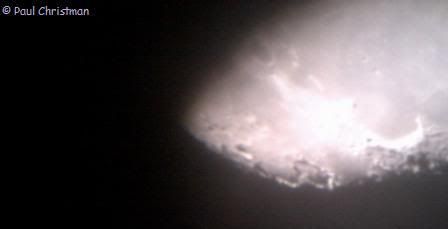
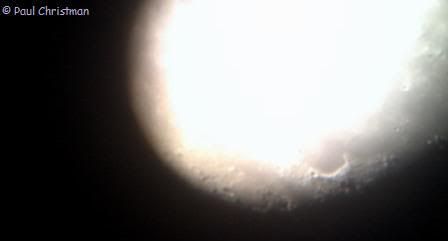
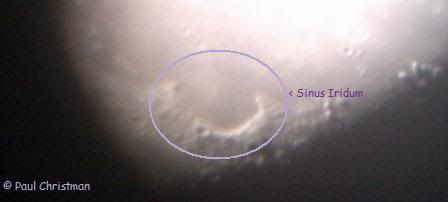


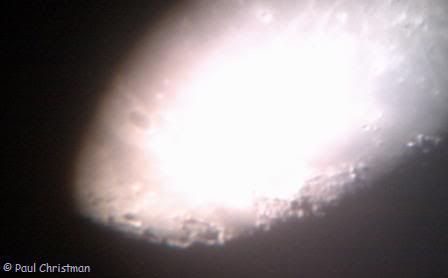
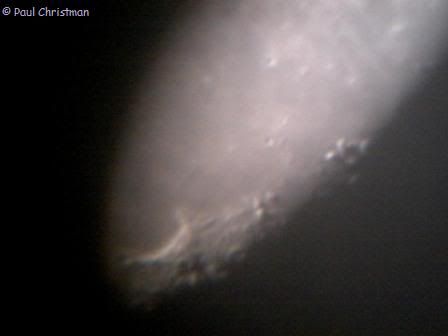
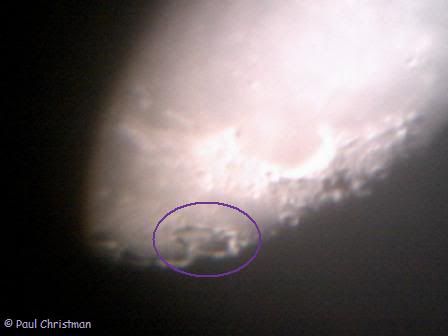
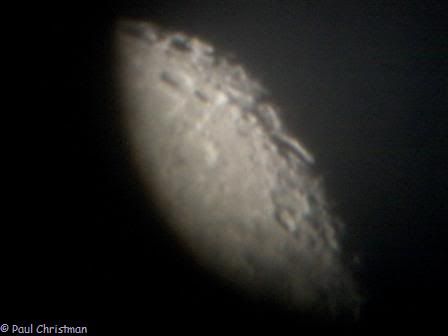
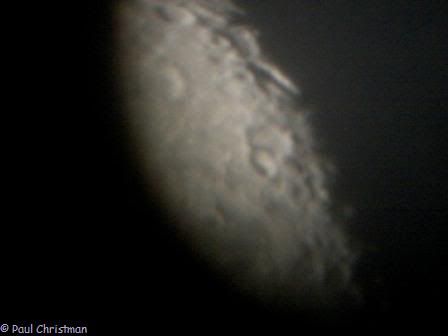
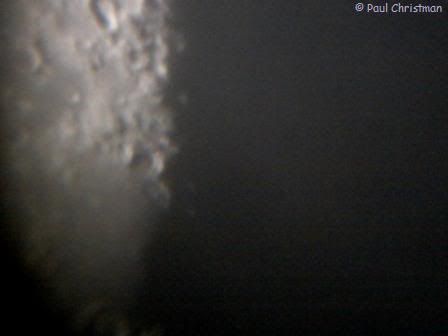
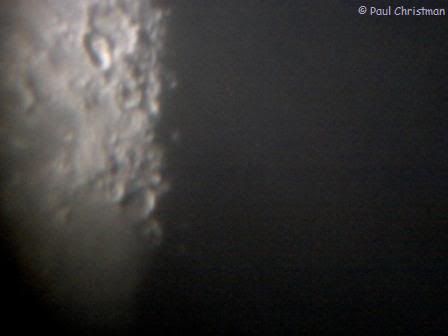

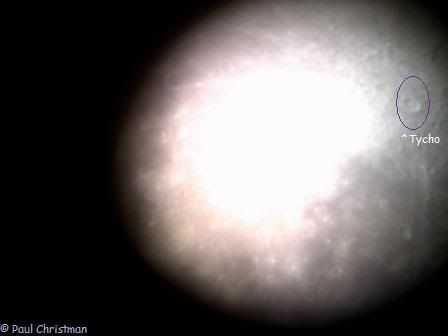
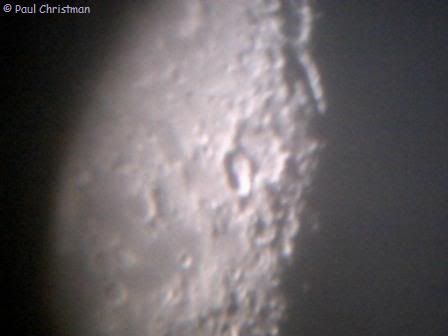

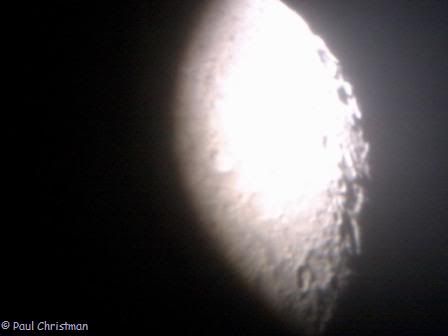
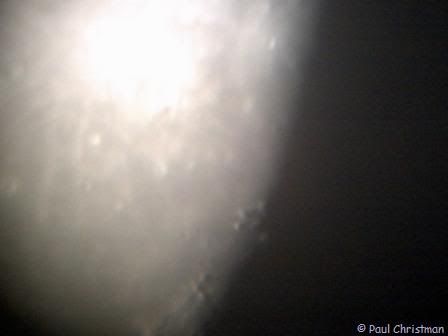
No comments:
Post a Comment